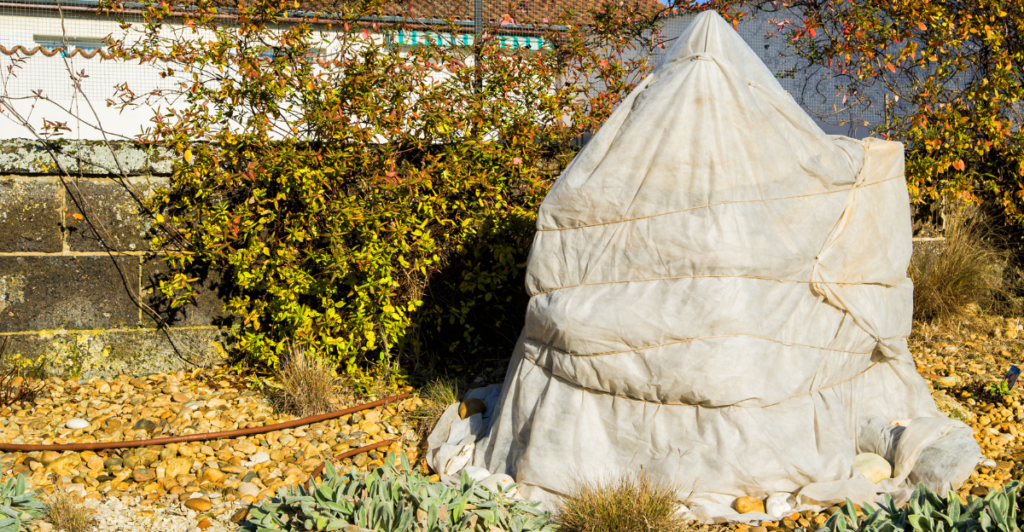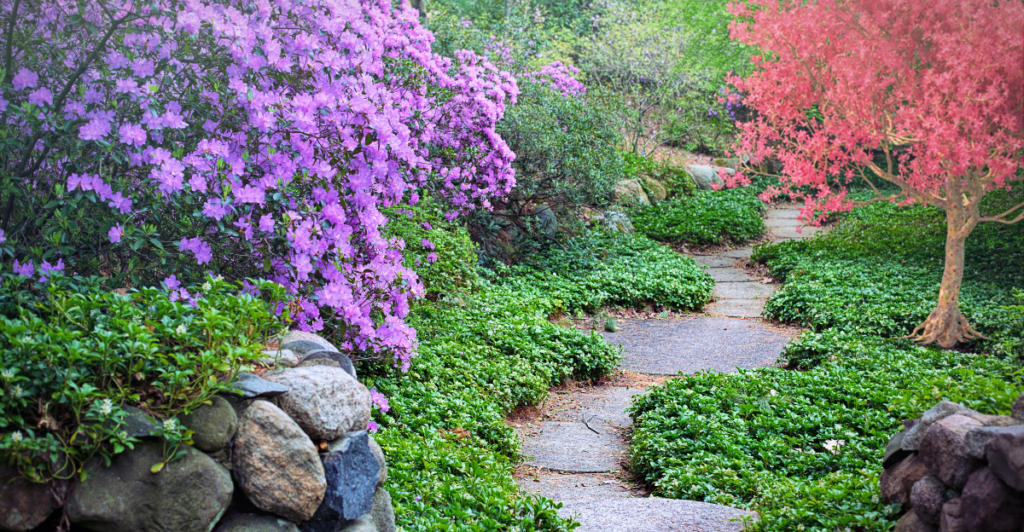Crack the Code: Find Your Last Frost Date for a Thriving Spring Garden

Timing is everything when it comes to gardening, especially when it comes to winter weather. Plant too early, and a surprise frost will kill your seedlings; plant too late, and you’ll have missed the optimal growing season. That’s why cracking the code of your region’s last frost date is key to a successful spring garden. But it’s not as simple as looking at a calendar—understanding frost dates requires a blend of climate data, local knowledge, and gardening experience.
In this article, we discuss how to determine your local frost dates and successfully plan your planting calendar. Whether you’re a seasoned gardener or a beginner, knowing frost dates is the key to ensuring that your spring garden thrives.
The Importance of Knowing Your Last Frost Date

The last frost date is the last predicted date of frost in your location. Planting frost-sensitive crops prior to this date can subject them to damaging cold. On the other hand, planting late shortens the growing season, which impacts yields. By knowing this crucial date, gardeners can maximize planting times, ensuring plants establish well and produce abundantly.
Understanding Frost and Its Impact on Plants

Frost occurs when temperatures are low enough, generally below 32°F, to enable ice crystals to form on plant surfaces. Frost can kill or harm tender plants by disrupting cell structure. Understanding how frost injures different kinds of plants and its effects helps in deciding when it’s most appropriate to plant and protect them, ensuring their survival.
Using Historical Weather Data

Reviewing past weather patterns can give you a sense of the average frost date. Websites, such as World Weather Online, offer access to previous temperatures. By considering this information, gardeners are able to make informed decisions regarding average last frost dates. This evidence-based verdict enhances planting timelines, reducing the risk of frost damage. Past patterns are a reliable bet for future planning.
Taking Advantage of Online Tools and Resources

Some online sites, such as Garden.org, help calculate local frost dates by enabling one to enter a location and obtain estimated dates. These tools tabulate data from different sources and offer region-specific data. Using such resources makes it easy to plan and improves the accuracy of planting calendars, making themselves precious tools for gardeners.
Taking Microclimates into Account in Your Garden

Microclimates are small geographic locations with climatic characteristics separate from surrounding regions. They are influenced by elevation, proximity to water, and urban areas. For example, a garden near a wall might be warmer and reduce the risk of frost. Knowing and understanding the microclimates in your garden makes planting decisions more precise. Tailoring practices to these nooks enhances plant survival.
Local Weather Forecasting

Being updated with short-term weather forecasts is important for the planting season, especially as late frosts often occur after the average last frost date. Checking forecasts regularly enables gardeners to take precautionary actions, such as covering plants or delaying the planting. Constant observation of weather forecasts ultimately means immediate action can be taken as the weather changes.
Taking Protective Measures for Late Frosts

Even with the right planning, unexpected frosts can happen. Using protection techniques shields plants. Using row covers, cloches, or mulch can shield plants from frost by insulating them. Wetting soil before a frost is also beneficial for retaining heat. These practices provide protection against temperature drops, thereby making the plants stronger.
Adjusting Planting Dates According to Frost Dates

Once the last frost date is known, gardeners can schedule their planting timelines accordingly. Cool-season crops can be planted slightly earlier than this date, while warm-season crops should wait until afterward. By staggered planting, each plant is sown under optimal conditions. Coordinating planting times with frost times increases the potential for growth.
Continuous Learning and Adaptation

Gardening is a constantly evolving practice as weather patterns and environmental conditions change. Having updated information on frost and weather trends is absolutely essential to successful and thriving spring gardens. Additionally, having access to local gardening communities and resources is helpful. Further, adapting planting methods and timetables allows for ongoing success. Therefore, lifelong learning encourages resilience when gardening.
Sources
12 Tips To Help You Figure Out Your Last Frost Date For A Healthy Spring Garden
Know Thy Last Frost Date


